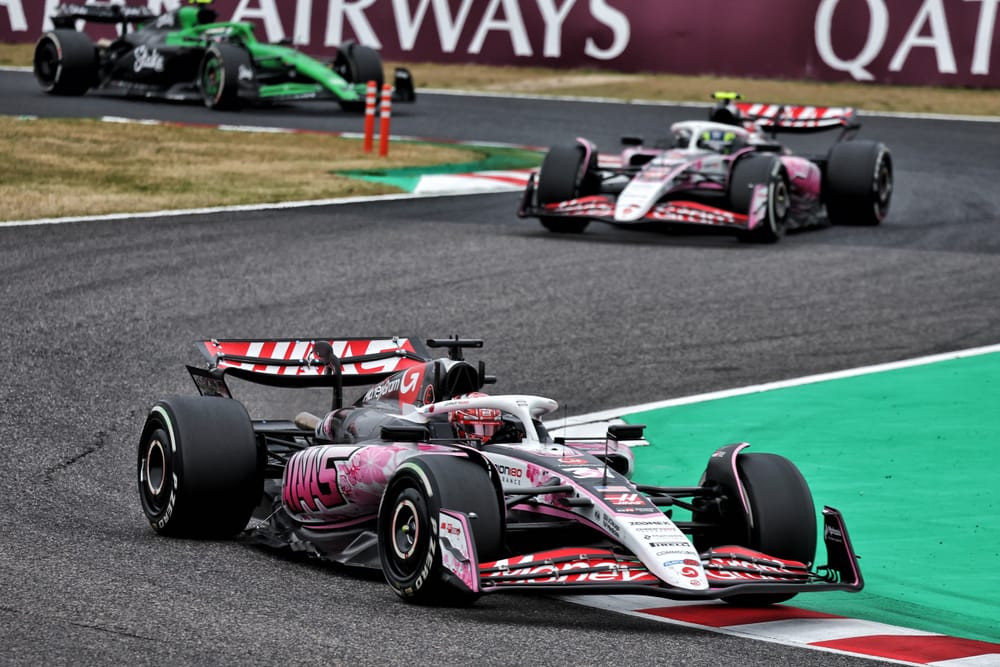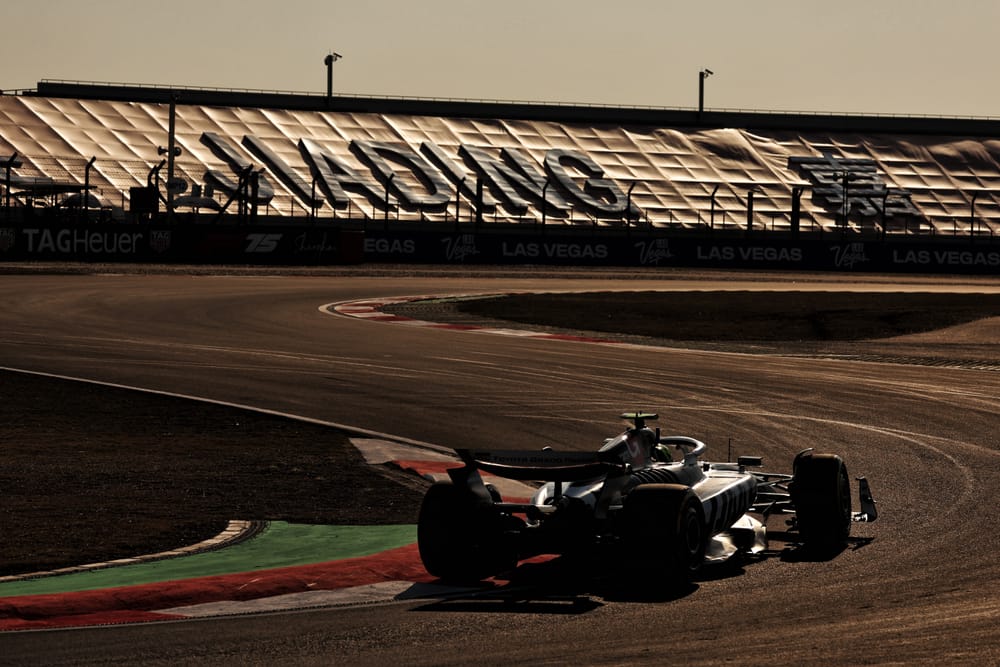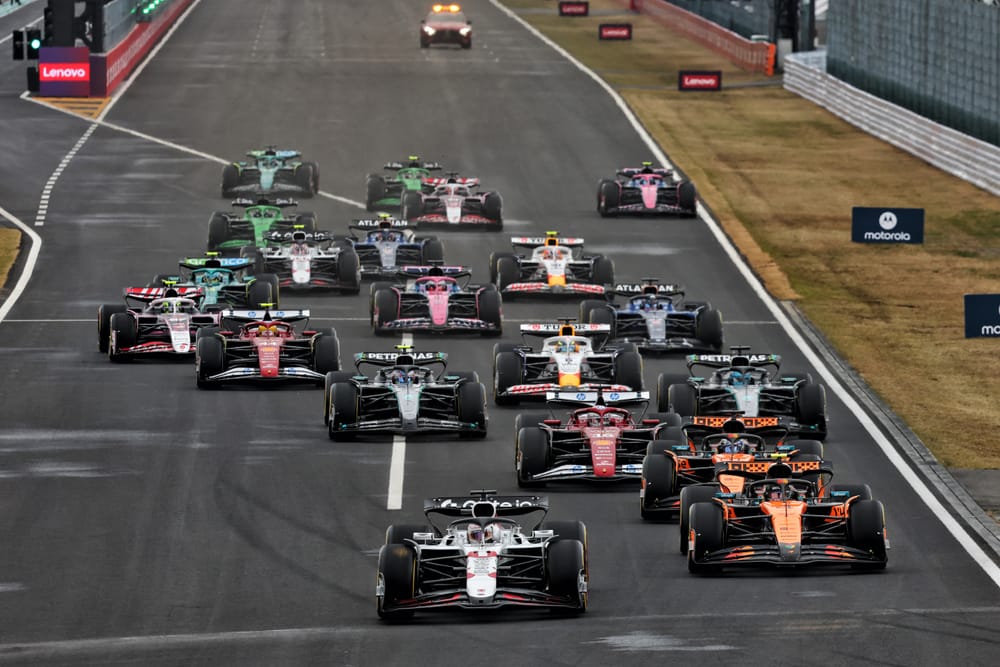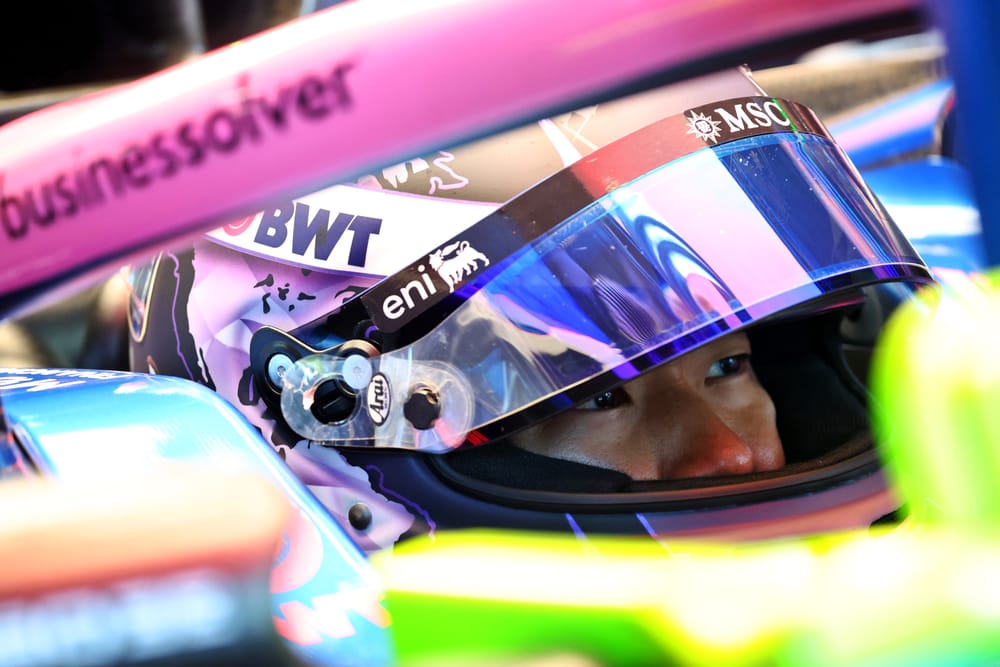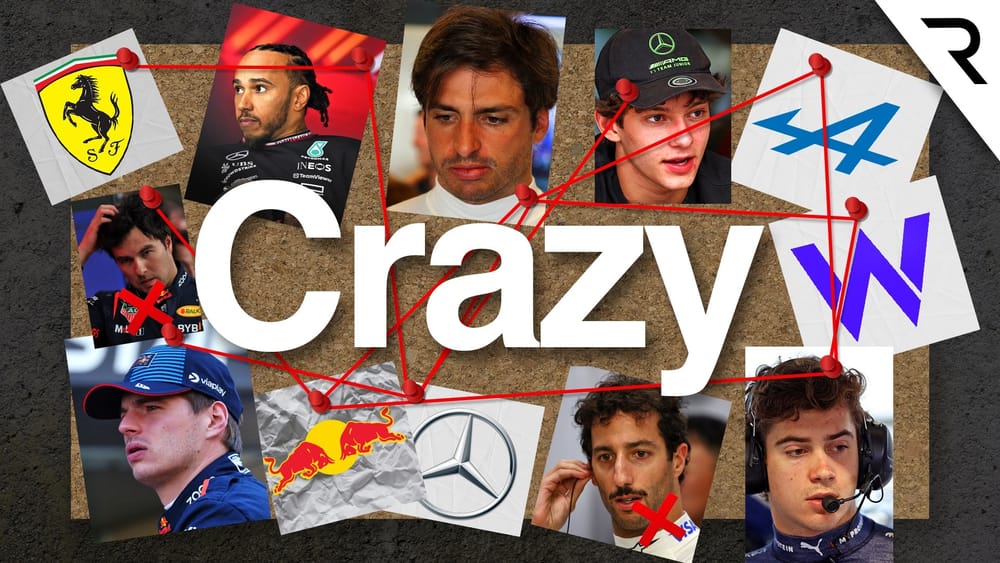Esteban Ocon doubted the upgrade Haas had pushed through for the Japanese Grand Prix was working the same across both its Formula 1 cars at Suzuka - despite the team’s data indicating that was the case.
Ocon said after a disappointing weekend in which he qualified and finished 18th that the Haas upgrade “worked on one car” after team-mate Ollie Bearman made it into Q3 and scored a point at Suzuka.
Haas took revised floors to Japan to try to cure the aerodynamic oscillation problem that rendered it slowest by a big margin in the Australia season opener.
The issue was not apparent in China - where both drivers scored points and Ocon was the lead Haas finisher in fifth - due to the circuit layout and new surface there but was expected to reoccur at the high-speed Suzuka despite another resurfacing in the first sector.
Ocon ran the old floor on Friday so Haas could confirm the new version was an improvement, then switched to the new specification for Saturday and was only a tenth slower than Bearman in a disrupted FP3.
But while Bearman easily progressed through Q1, Ocon was half a second behind his team-mate.
“When we went to the new parts that were supposed to give us more performance, it didn't quite work on my side, as it did on Ollie's,” Ocon said after qualifying.
Ocon's deficit came mainly through being 0.15s slower than Bearman through Turn 2 at the start of the lap, losing a little more through the high-speed sweeps, another 0.15s at Degner 2 and a tenth at the hairpin.
This is a wide of range of corner types, rather than indicating a trend like Melbourne where one specific issue held Haas back.
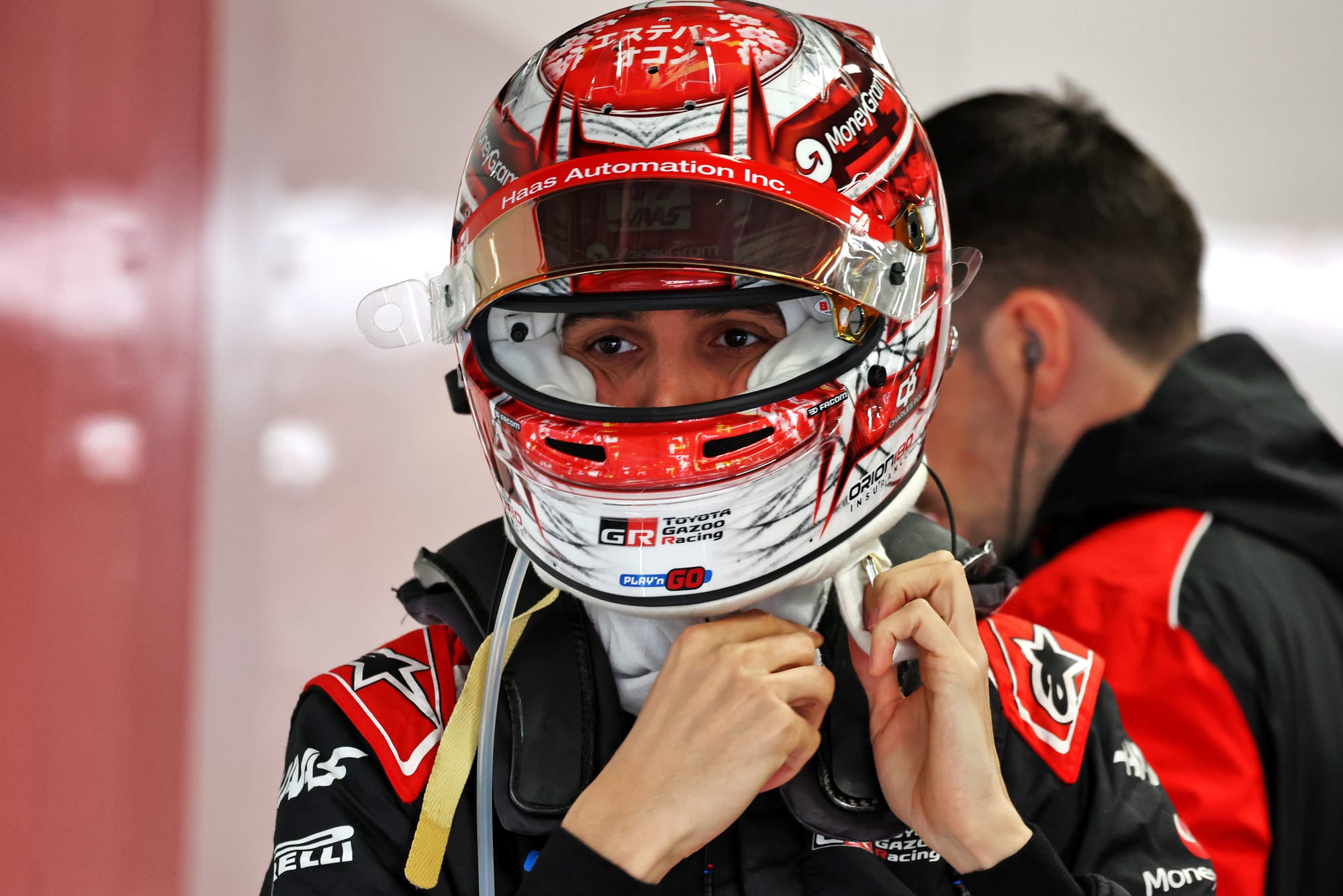
Ocon felt the car's performance “just didn't improve as much as it should've done” with the new floor and “I still struggle quite a lot with some of the issues that we've seen previously”.
However, he said he was not missing confidence, which is what Haas boss Ayao Komatsu had said was an issue in Melbourne, where the oscillations meant the drivers could not commit to carrying speed through the high-speed Turn 9/10 Esses.
The poor qualifying result inevitably translated into a difficult grand prix, after which Ocon doubled down on his belief that the new floor had not brought performance for him.
“We're still lacking four-to-five tenths,” he said - although he also claimed that finding performance would've been “a bit more complicated” than just staying with the old floor from Friday.
“It's good overall that the team's managed to bring this upgrade quickly and react this quickly,” Ocon said.
“It worked on one car, which is very good. We need to pick that up, understand the data from Ollie's side - it's good that he managed to pick up a point.
“We are very happy on that side now. It's just a matter of turning it into our car as well. No doubt that this we can do.”
However, Komatsu suggested after the race that the two cars should have been capable of performing the same.
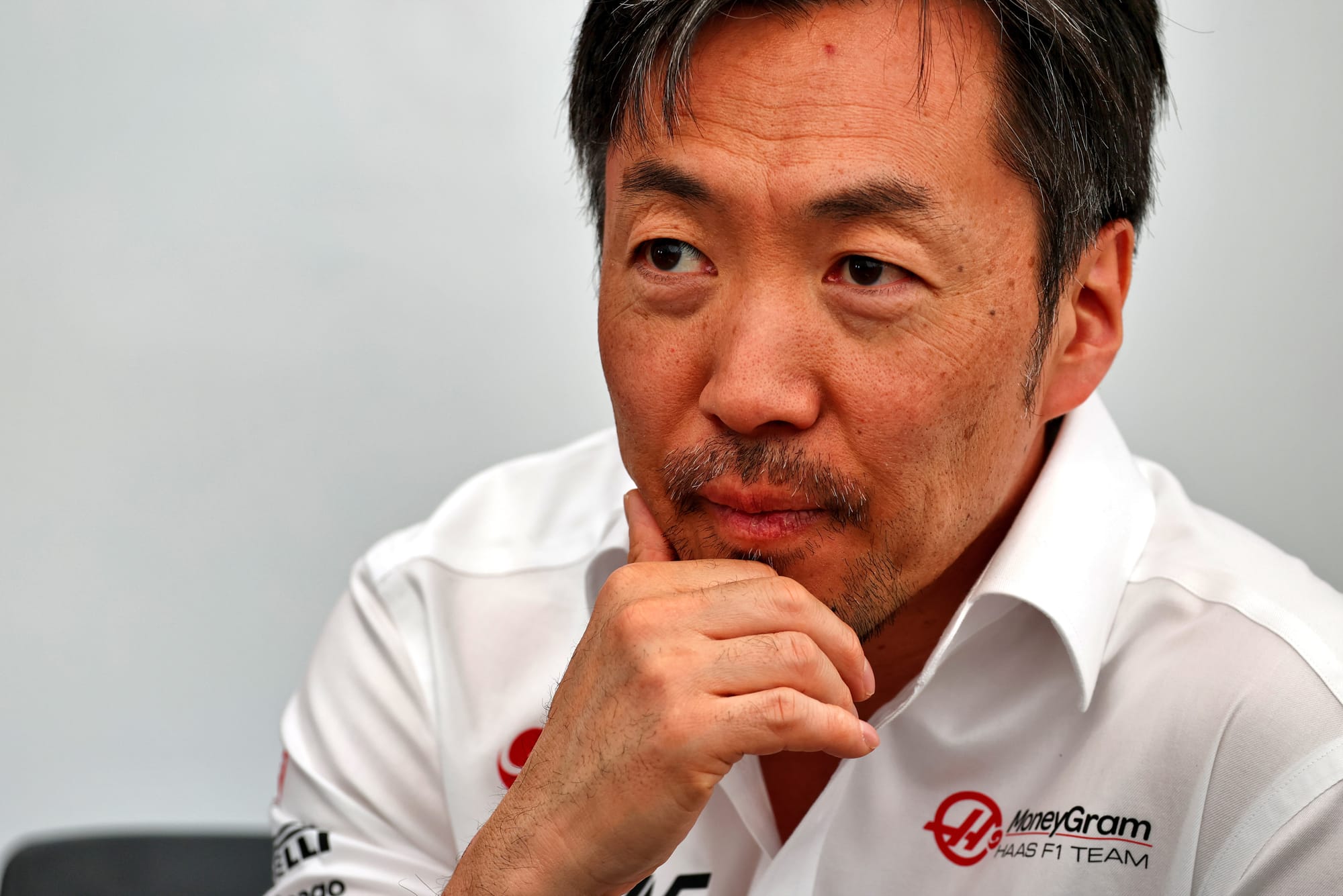
Asked by The Race about Ocon’s implication that the two floors had worked differently, Komatsu said “the data is pretty clear: it's working”.
“So we haven't understood why Esteban couldn't perform,” Komatsu said.
“Both cars, as far as we can see, are performing very, very close to each other within what we can measure.
“Not to say there might be something that we cannot measure, but so far we haven't found anything.”
Given Ocon says it is clear where the issue is, that suggests the explanation may simply be that the cars were the same and performing the same but Ocon was unable to translate that into laptime.
This could simply mean Bearman did a better job, or that Ocon was not comfortable at a track that brutally exposes a lack of feeling or confidence - as there was no immediate explanation like set-up variance either.
Ocon has also been sensitive to small issues in the past, as this is not the first time he has talked about something not working the same on his side of the garage.
When asked by The Race if it could have been a consequence of Ocon getting onto the floor late - as Ocon said he was “a bit short on time” - Komatsu said that was “definitely not” the problem.
“It's not about getting used to it,” Komatsu said.
Bearman’s performance was a far greater outcome for Haas. His second straight top-10 finish means he has emphatically banished the ghosts of Melbourne, where in addition to the car being extremely slow Bearman crashed in FP1 and then spun into the gravel on his first flying lap in FP3.
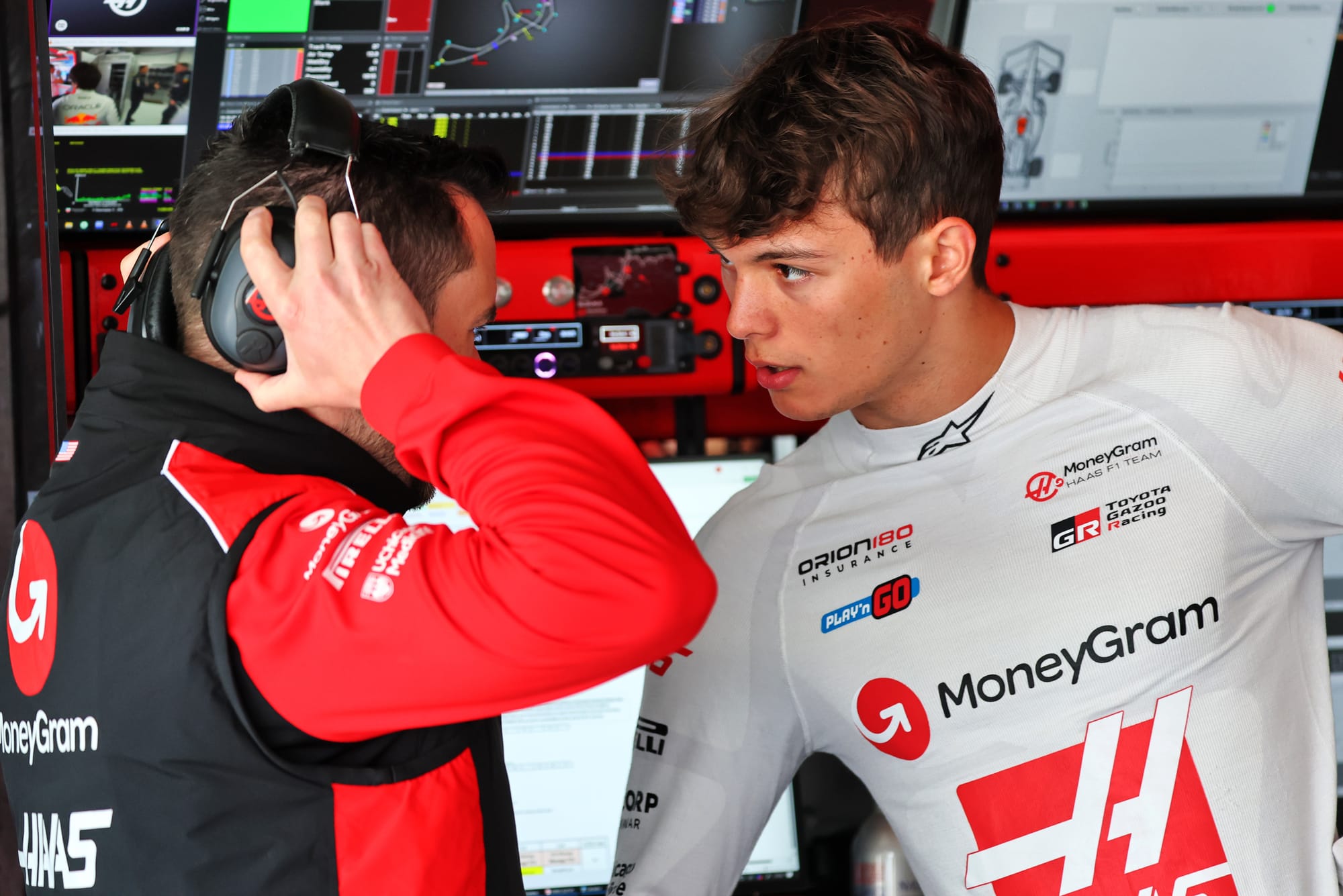
That had greatly surprised Haas, and Komatsu talked on Thursday in Japan about how Bearman had already rebounded by performing like the driver Haas was more familiar with in China. Komatsu said that had been “incredibly important”.
To then perform as Bearman did on his maiden weekend at Suzuka in F1 was something he and his team were inevitably delighted with. He made a big leap into qualifying after a deceptively poor classification in FP3 but, with practice overall disrupted, he admitted he had also been “hiding my rhythm slightly” before piecing it together in qualifying.
And he confirmed he had experienced a clear step from the new floor, even though he reckons he is “not super-sensitive” to it anyway.
That could point to an area of difference between the two drivers, as Bearman said the floor “allows us to run the car a bit more aggressively and get a bit more performance out of it” - but perhaps there is still a sensation that goes with that which he can live with but Ocon is still troubled by.
The main thing, though, is Bearman gave Haas a quality baseline. If it relied on Ocon only, Haas would still have doubts the floor worked. Instead, Haas now has a clear direction to progress its development with to evolve its aerodynamic performance in a more conventional way after this Suzuka measure.
“This was the first step of solving that big Melbourne issue,” said Komatsu.
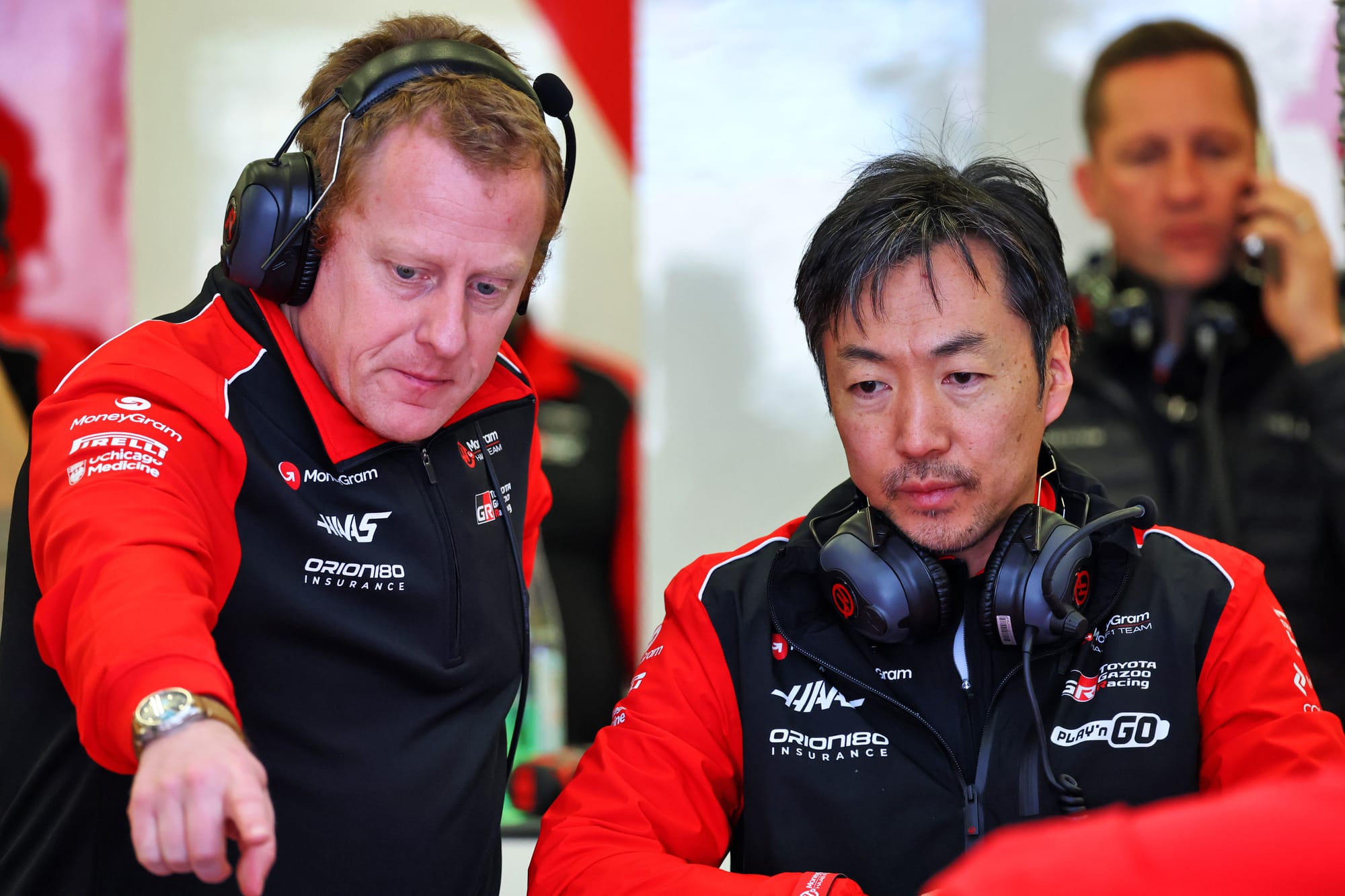
“There's a few areas we need to look at, but this particular one we've done, like I said we've shortcut it, but we feel that that was [a] relatively safe one to do.
“But the other areas, we really need a more close [look] with development, with CFD and windtunnel, so we're doing that right at this minute.
“And then when we can find a fundamental solution to bring it to the track, it's still TBC. We're trying to get it around race seven [Imola in May] time, but that's not defined yet.
“It's a first step, but it's an encouraging first step. Because it worked, it proves that our engineers' understanding of which areas to look at, which directions to go, that was correct.
“So that's really encouraging.”

